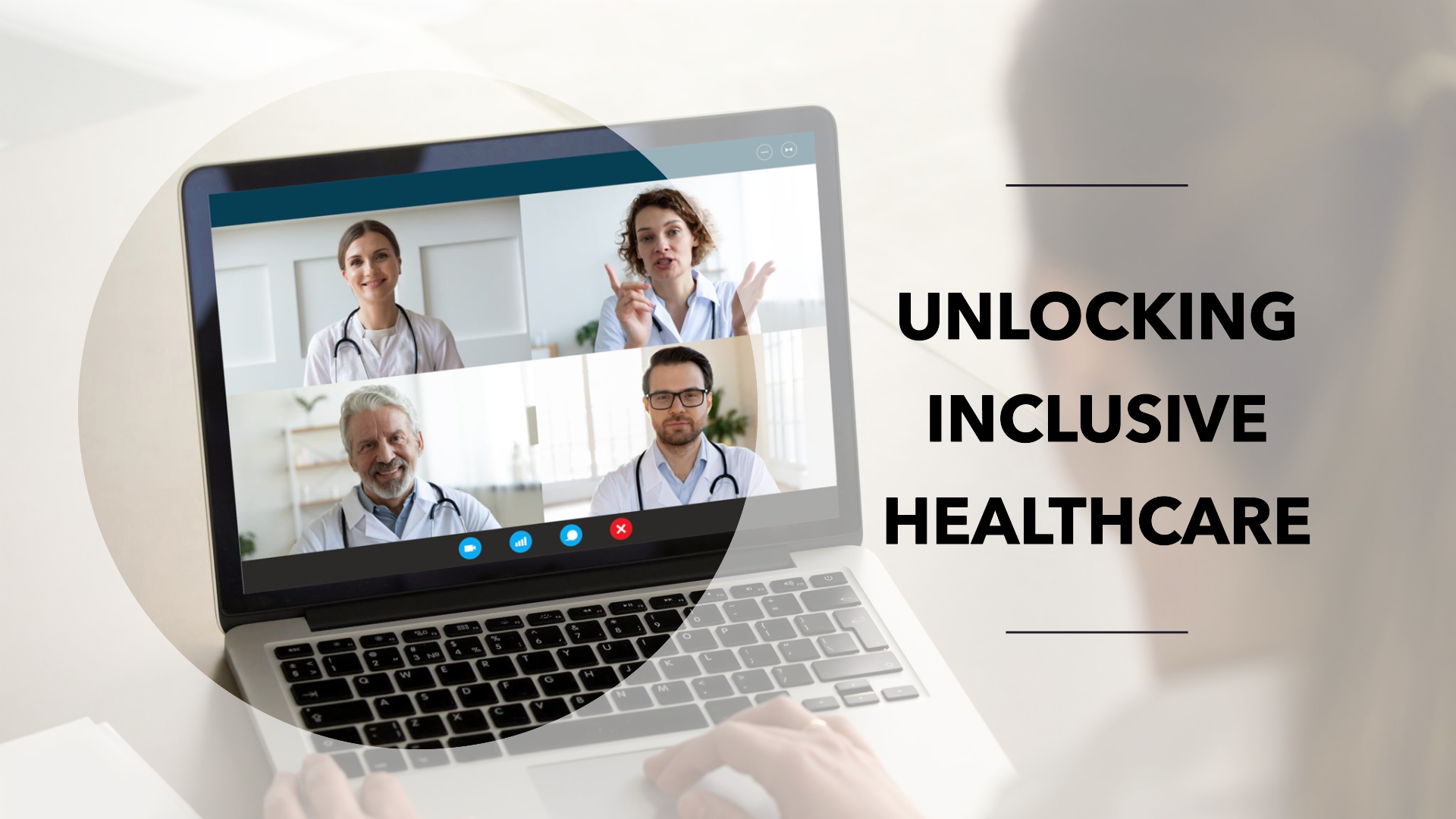It is estimated that the number of clinical trials taking place worldwide will increase from 3.2 million in 2000 to 12.7 million in 2050, which means that there will be a large demand for new participants in these trials.
However, the time and cost of conducting clinical trials is considerably higher than what it was 20 years ago, which makes it difficult for pharmaceutical companies to expand their research pipeline with newer and more innovative drugs.
In contrast, thanks to the advent of big data and wearable technology, such as fitness trackers, smartwatches and fitness bands, people could perform more strenuous activities without even thinking about how much exercise they did over a certain period of time.
On average, people who wear a smartwatch during daily activities show a decrease in blood sugar levels by 8%. This can be particularly useful for people who have diabetes since it indicates that they are not as worried about their diabetes and are not taking their medication regularly enough (for example if they forgot to take their insulin injection).
There is also evidence that wearables can help users monitor and improve performance at work by tracking sleep patterns and working out whether their skills are increasing or decreasing actually through using devices such as smartwatches when performing various types of physical tasks such as walking, climbing stairs or lifting heavy objects at work.
The cost of the traditional clinical trials
There is a lot of talk about the cost of clinical trials in medicine. The cost is often quoted as $100,000–1 million per patient. These trials are typically initiated by insurance companies and are expensive because they try to predict the likelihood that the patient will die during treatment. To do this we must invest millions of dollars in assets, e.g., refrigerators, computers and so on to isolate patients from each other and their environment. There are also detailed records with all the exams, lab results, and so on that need to be gathered for these trials.
The main arguments against clinical trials are:
• They can’t guarantee quality outcomes (that is usually not true)
• Clinical trials are expensive
• Availability of medical information is limited which makes time-consuming research difficult
Virtual clinical trials for the future
Virtual clinical trials are becoming more common, but are still relatively new to the field of health care. A virtual clinical trial is a type of clinical trial that involves participation by patients in an online environment. This type of trial is often used when there is no control group or when it is not economically feasible to use a real patient population.
The patient can be completely anonymous; they do not have to provide any information about themselves or their treatment. They are required only to watch a video or read instructions on how to participate in the trial. They do not see any evidence that the treatment being administered has been effective and they cannot receive any feedback from the doctor who administers the treatment. The success rate of virtual trials varies from 0% to 100%; however, this range may represent different things depending on the setting and on the particular study design used (such as comparison between multiple interventions).
There are several reasons why virtual trials have become popular. Firstly, there is a lack of time for researchers and hospitals: traditional controlled trials take months and require expensive equipment that cost thousands of dollars each hour to operate. Virtual trials can be completed much faster and are less expensive than real-world studies, making them more accessible. Secondly, they can take place through secure online settings that can be monitored by security systems (such as closed circuit television cameras). Thirdly, patient safety issues with real patients cannot be avoided.
Lastly, patients don’t necessarily have access to all the drugs being tested: simply because it is much easier for drug companies to pay for some research than others, e.g., if you have access only to insulin injections, then you might think twice about trying an experimental drug that could potentially save your life! But because these so-called “critical events” happen in groups rather than individual (e.g., cardiac arrest), these types of studies allow us to make comparisons between treatments which would otherwise not be possible using this kind of method (e.g., comparing cardiac arrest rates with different doses or different drugs).
What are the benefits?
The world of wearable devices is an exciting and fast-growing place to be. From timepieces and fitness trackers, to smartphones and smartwatches, these devices have the potential to transform our daily lives. But for all their benefits, wearable tech hasn’t turned out to be a complete solution for our health needs.
As a result of this, there has been a growing interest in virtual trials, trials where patients are provided with information about the disease from doctors and other experts. As well as being cheaper than traditional clinical trials, virtual trials could help us develop new treatments faster, at lower cost. In this post we want to look at some of the reasons why there is so much interest in virtual clinical trials, what are the benefits? How are we getting there? And finally how can we make it work for the benefit of patients?
I think one thing that everyone involved with wearable technology should do is try and understand that it isn’t just another tool in their tool belt. It isn’t something they will use every day, but it could be an important part of their tool belt if they approach it like they would any other tool in their tool bag (which both sides of the table should try and do).
The next step is to get them thinking about how they can use it effectively (i.e., not just using their smartphone or computer). This means not just taking advantage of technologies that people already know but also going out into new areas:
• If you want to use your device for data collection from your wristband or watch then you should consider that you also need a data recorder for your smartphone or computer. For example, when you were on holiday you might have been able to take an activity tracker with you on your phone which would store your location and day-to-day information about how active you were during your vacation; but after returning home those data can easily be lost. Going virtual gives us the ability to create such lightweight loggers which provide us with all this information back home so we can keep track of how active we are over time (and hence potentially build up more robust action plans around what we do each day).
• Maybe people aren’t as interested in listening on their wristband as they are in talking on WhatsApp or emailing clients; but if they have a smartwatch then I bet they have one earpiece connected to it which lets them listen while they talk while another earpiece.
The main advantages of moving to the electronic and digital world
Many of the benefits that people associate with a clinical trial can be gained through using electronic and digital tools. In fact, many of the tests done in the physical world are electronically recorded, allowing us to analyze our data later on and make better decisions about how we treat patients. This is, in essence, what happens when we take some of the data from a bunch of clinical trials and run them all on one computer. This is not to say that clinical trials are perfect or that there aren’t some downsides to this new system — but it does provide an enormous benefit for medical research and treatment.
Big Data is a good example of this. While many people don’t realize it, big data has a huge impact on medicine today. It’s possible to have a huge impact on medicine by simply looking at your data and using it to improve your practice. We use Big Data in two ways:
1) Analyzing large amounts of information quickly and cheaply
2) Improving care through a better understanding of patient needs
This is a huge benefit to doctors and patients alike. The costs involved with this vary depending on what you need done, but it can range from minimal up to very high. And if you can do something similar for the entire population rather than just one group (which increases costs substantially), then you have made a huge contribution towards improving health everywhere:
● The first benefit is cost effectiveness: Compared with traditional methods (such as paper-based forms), electronic forms can be cheaper, faster, more efficient. This means doctors can spend less time filling out forms and getting their results back relatively quickly compared with paper forms. The result is that they spend more time caring for patients instead of churning through paperwork. By reducing repetitive tasks like filing or labeling tests or charts, doctors are able to spend more time doing actual work such as taking care of patients (for example by giving them medications).
● Electronic forms also allow us to keep track of patient information much more easily than paper-based forms could ever manage without adding lots extra paper (which would make our data unmanageable). For example, electronic forms could help us identify any factors that might predispose someone towards developing heart disease before they get sick — this would give us important clues about how best to treat people who do in fact develop heart disease because their genetic makeup predisposes them towards it rather than simply being unlucky enough not to suffer from it beforehand.
I was inspired to write this article after my conversation Charles Michael Gibson, MD. CEO of Baim Institute for Clinical Research, (FKA Harvard Clinical Research Institute and Perfus). Professor of Medicine – Harvard Medical School. Founder & Editor in Chief WikiDoc.Org
Watch Episode #58 of Digital Health & Wearables Series
Contact us for more relevant details. To find out more about how we can help you with your Digital Healthcare Transformation, Healthcare organizational growth, or Healthcare brand positioning, please get in touch via phone +44 (0) 203 3620421 or via e-mail: info@digitalsalutem.com





